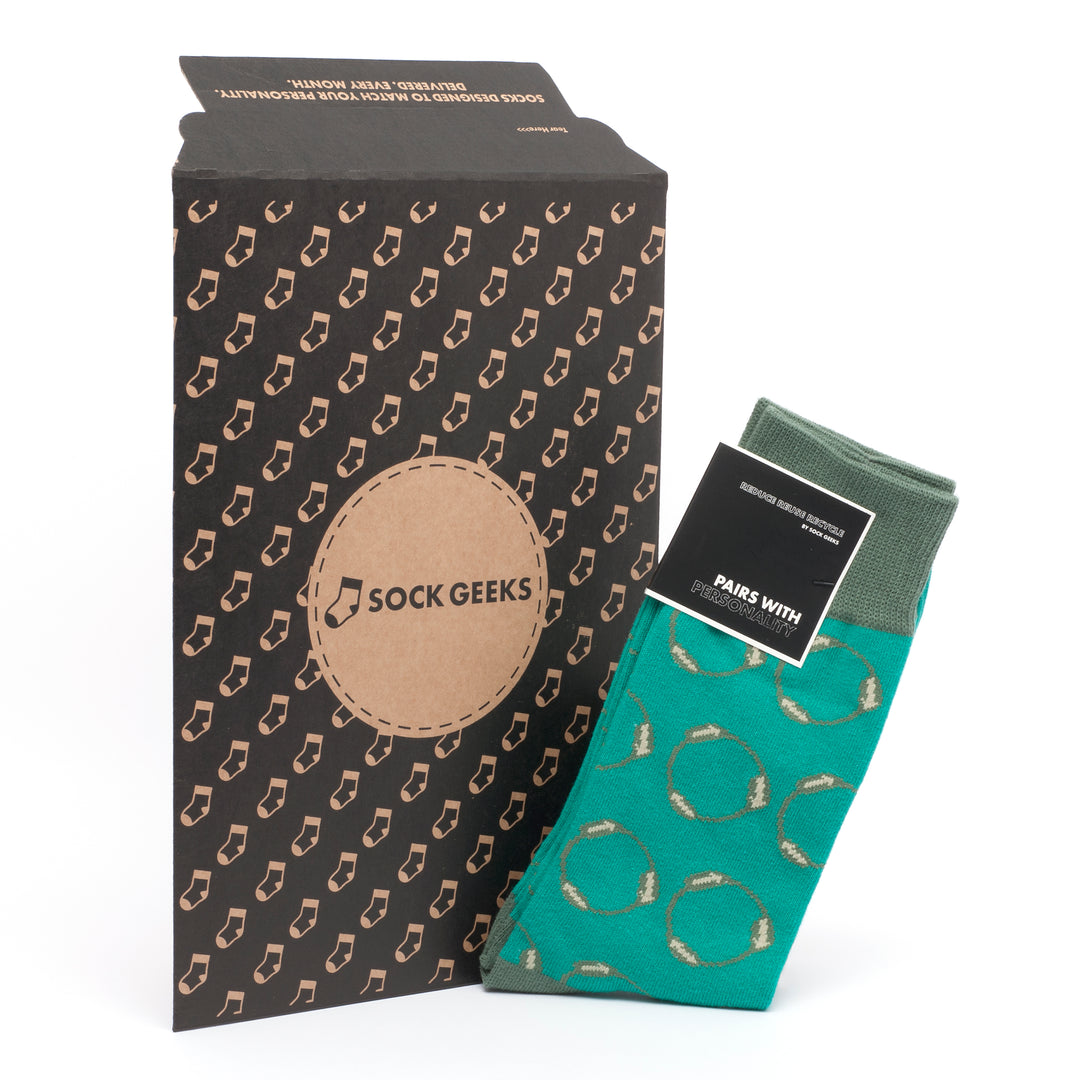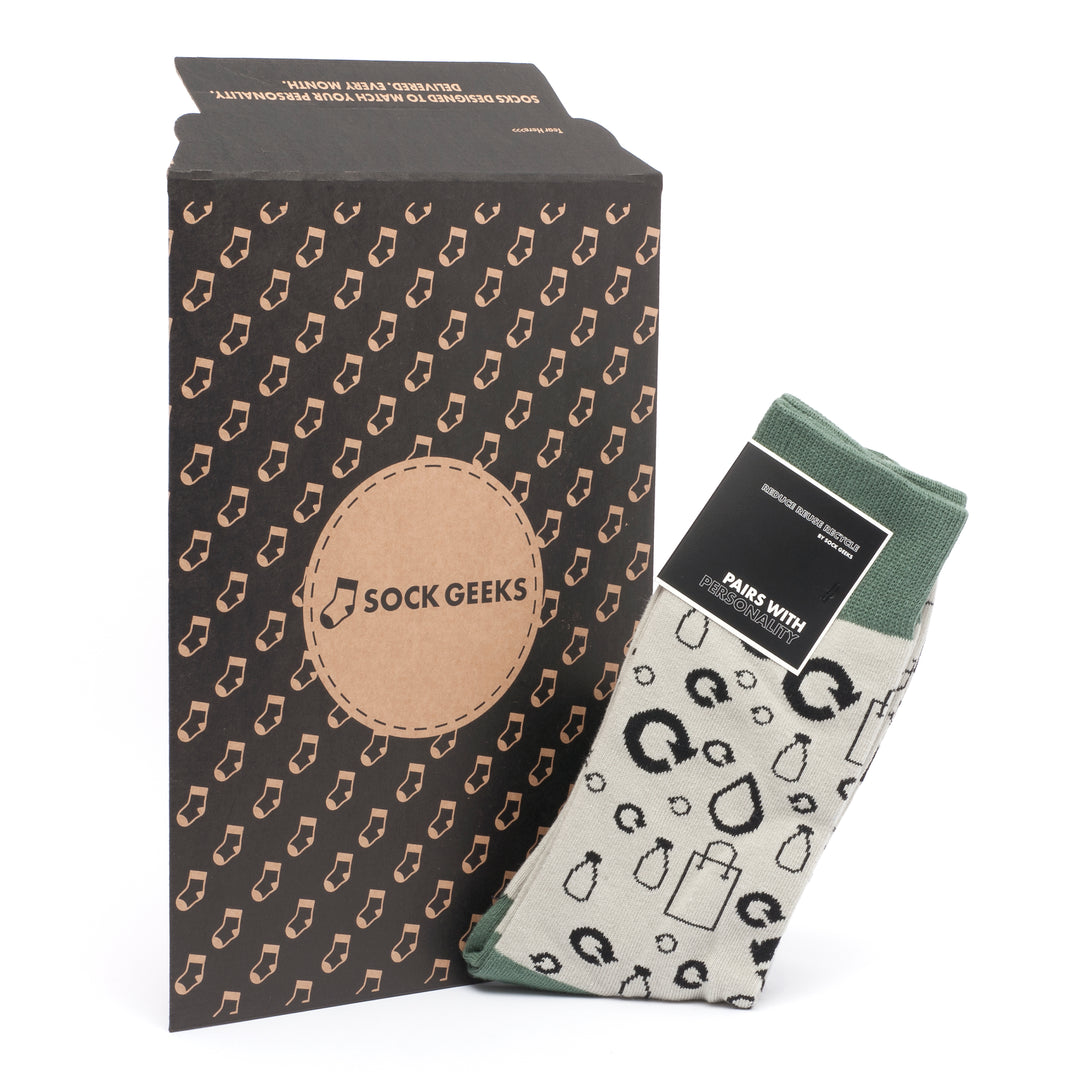What is the Difference: Oedema Socks vs Diabetic Socks
Did you know that over 400 million people worldwide suffer from diabetes? When it comes to managing this condition, choosing the right socks can make a significant difference in comfort and health. Understanding the dissimilarities between oedema socks and diabetic socks is crucial for individuals dealing with these conditions. While both serve specific purposes, each type offers unique features tailored to address distinct needs. By grasping the disparities between oedema socks and diabetic socks, individuals can make informed decisions to enhance their daily comfort and overall well-being.
Understanding Oedema Socks
Purpose
Oedema socks are specially designed for individuals experiencing swelling, known as oedema, in their feet and legs. These socks aim to provide comfort and support while managing the effects of swelling in people with enema.
The primary purpose of oedema socks is to alleviate discomfort caused by swelling, which can be a common issue for people with conditions like diabetes or poor circulation. By offering gentle compression, these socks help reduce swelling, edema, and promote better blood circulation in the lower extremities.
Features
One of the key features that differentiate oedema socks from regular socks is their design. Oedema socks are typically made with soft, stretchable materials that accommodate swollen feet and legs comfortably. They often have non-binding tops that prevent constriction and allow for unrestricted blood flow.
Moreover, oedema socks come with seamless construction, reducing the risk of irritation or rubbing against sensitive skin affected by swelling. The seamless design also minimises pressure points, enhancing overall comfort for the wearer.
Compression
Another crucial aspect of oedema socks is their compression level. These socks offer graduated compression, meaning they are tighter around the ankle and gradually loosen towards the calf. This gradient compression, also known as Oedema socks, helps push fluid upwards, reducing swelling in the lower limbs effectively.
The gentle pressure exerted by oedema socks promotes better lymphatic drainage, aiding in the reduction of excess fluid build-up in the feet and legs. This targeted compression also supports muscle tone and prevents further fluid retention.
Insights into Diabetic Socks
Definition
Diabetic socks are specially designed to cater to the unique needs of individuals with diabetes. These socks have seamless designs and are non-binding to prevent constriction.
Diabetic socks are crucial for maintaining healthy feet in diabetic patients as they help prevent complications such as ulcers and infections. The seamless construction reduces the risk of irritation and blisters.
Importance in Foot Care
Wearing diabetic socks is essential for individuals with diabetes as they promote proper blood flow and circulation. This is vital in preventing foot injuries and promoting overall foot health.
The moisture-wicking properties of diabetic socks help keep the feet dry, reducing the risk of fungal infections. These socks provide extra cushioning to protect sensitive areas on the feet.
Comparison with Regular Socks
Diabetic socks differ from regular socks in various aspects. Unlike regular socks, diabetic socks are made from breathable materials that reduce moisture build-up and prevent bacterial growth.
Regular socks may have seams that can cause friction and irritation, leading to blisters in diabetic patients. In contrast, diabetic socks have smooth toe seams to prevent rubbing against the skin.
- Pros: Seamless design reduces the risk of irritation; Non-binding tops prevent constriction around the calf; Moisture-wicking properties keep feet dry and healthy.
- Cons: Diabetic socks may be more expensive than regular socks; Limited variety in styles compared to regular socks.
Additional Considerations
It is crucial for individuals with diabetes to consult their healthcare provider before choosing diabetic socks. A doctor can provide guidance on selecting the most suitable type based on individual needs.
When it comes to managing diabetes, proper foot care plays a significant role in preventing complications. By wearing diabetic socks, individuals can take proactive steps towards maintaining optimal foot health.
Material and Design Differences
Materials
Extra-wide oedema socks are typically crafted from breathable materials like cotton or bamboo fibres. These materials allow for optimal air circulation, crucial for reducing moisture build-up and preventing skin irritation.
Design
Diabetic socks, on the other hand, focus on design elements that aim to reduce friction and irritation. They often feature seamless toe closures and non-binding tops to prevent constriction, catering specifically to individuals with sensitive feet.
Catering to Specific Foot Conditions
The choice of materials in oedema socks serves the purpose of providing adequate support while ensuring comfort through enhanced air circulation. This is particularly beneficial for individuals with conditions like oedema or swelling, where proper airflow is essential for maintaining foot health.
In contrast, diabetic socks are designed with a primary focus on minimising friction and pressure points. The seamless construction and soft padding in diabetic socks help prevent blisters and ulcers, common complications for individuals with diabetes.
Benefits of Material Selection
The use of breathable materials in extra-wide oedema socks not only promotes air circulation but also helps in managing moisture levels, reducing the risk of fungal infections. Individuals who require these socks benefit from the comfort provided by these moisture-wicking properties.
In diabetic socks, the emphasis on reducing friction through thoughtful design features contributes to overall foot health by preventing skin damage and complications. The seamless construction prevents rubbing against the skin, which can lead to sores or wounds that are slow to heal in individuals with diabetes.
Extra-Wide Edoema Socks Explained
Unique Width
Extra-wide Oedema socks are specifically crafted with a unique width to accommodate individuals with swelling in their feet and legs. These socks are designed to provide ample room for those requiring a more generous fit.
The width of these socks caters to individuals with larger feet and calves, ensuring a comfortable and non-constricting wear. This feature is particularly beneficial for those experiencing conditions like oedema, diabetes, or other foot-related issues.
Comfort and Support
Individuals who opt for extra-wide edema socks can expect enhanced comfort and optimal support due to their thoughtful design. The wider fit reduces pressure on the feet and legs, promoting better circulation and reducing the risk of constriction-related discomfort.
- Pros: Ample room for swollen feet; Comfortable wear for individuals with larger calves
- Cons: May not fit snugly on individuals with regular-sized feet
The supportive nature of these socks makes them ideal for daily wear, especially for those who require prolonged periods of standing or walking. The cushioning and gentle compression offered by these socks contribute to improved foot health and overall well-being.
Features Tailored for Diabetic Feet
Enhanced Comfort
Diabetic socks are designed with sensitive feet in mind, providing extra cushioning and a seamless construction. These socks offer a gentle touch to the toe areas to prevent irritation and blisters.
The seamless design of diabetic socks reduces friction against the skin, especially in the varicose veins prone areas. This feature helps in preventing abrasions and ulcers, crucial for individuals with diabetes.
Improved Circulation
One key aspect of diabetic socks is their ability to promote better blood flow in the legs. The gentle compression in these socks supports healthy circulation, reducing the risk of swelling and discomfort commonly experienced by diabetics.
Diabetic socks often have non-binding tops that do not constrict the legs or inhibit blood flow. This design element is essential for individuals with compromised circulation due to diabetes.
Moisture Management
Effective moisture-wicking properties are a hallmark of diabetic socks. By keeping the feet dry and comfortable, these socks help prevent fungal infections and other foot-related issues common in individuals with diabetes.
The moisture-wicking capabilities of diabetic socks also play a role in regulating temperature, ensuring that the feet remain at an optimal level of dryness throughout the day.
Antibacterial Properties
Many diabetic socks are treated with antibacterial agents to combat odour-causing bacteria and reduce the risk of infections. This feature is particularly beneficial for individuals with diabetes, as foot infections can lead to serious complications.
The antibacterial properties of diabetic socks contribute to maintaining good foot hygiene and overall foot health for those managing diabetes.
Comparing Oedema and Diabetic Socks
Primary Functions
Oedema socks are designed to reduce swelling in the feet and ankles, providing gentle compression to improve circulation. On the other hand, diabetic socks focus on preventing moisture buildup and reducing the risk of foot ulcers.
Oedema socks aim to alleviate discomfort caused by fluid retention, offering support and aiding in reducing inflammation. In contrast, diabetic socks prioritise moisture-wicking properties to maintain dryness and prevent infections.
Compression Levels
Oedema socks typically have varying levels of compression, ranging from mild to moderate, to address swelling effectively. Conversely, diabetic socks are non-compressive, ensuring they do not constrict blood flow or cause pressure points.
The graduated compression in oedema socks helps promote blood flow back towards the heart, reducing swelling and discomfort. Meanwhile, diabetic socks feature seamless designs and extra padding for enhanced comfort and protection.
Specific Purposes
Oedema socks cater to individuals with conditions like lymphedema or venous insufficiency, where compression is essential for managing symptoms. In comparison, diabetic socks are tailored for those with diabetes to prevent complications such as neuropathy and infections.
Oedema socks provide a snug fit to reduce swelling, while diabetic socks offer seamless toe closures and moisture control to prevent skin irritation. Moreover, both types of socks emphasise cushioning for added comfort during daily activities.
Choosing the Right Socks for Your Condition
Foot Condition Assessment
When deciding between oedema socks and diabetic socks, start by assessing your foot condition. Look for signs of swelling, redness, or sensitivity that may indicate oedema. For diabetic individuals, check for neuropathy symptoms like tingling or numbness.
Consider the level of moisture your feet experience. Oedema socks are designed to manage excess moisture from swollen feet, while diabetic socks focus on keeping feet dry to prevent infections. Evaluate which aspect is more critical for your comfort.
Material and Comfort
Examine the materials used in both types of socks. Oedema socks typically have a looser fit with non-binding tops to accommodate swelling. On the other hand, diabetic socks are seamless to prevent friction and reduce the risk of blisters.
Prioritize comfort based on your needs. If you require extra cushioning for sensitive areas, diabetic socks might be more suitable. For individuals with severe swelling, oedema socks provide the necessary room without constricting blood flow.
Support and Compression
Determine whether you need additional support for your calves and knees. Oedema socks offer gentle compression to reduce swelling and improve circulation in the lower limbs. Diabetic socks focus on providing adequate support without restricting movement.
Consider the level of compression required. Oedema socks come in varying degrees of compression to address different levels of swelling, while diabetic socks maintain a consistent pressure to promote healthy blood flow.
Activity Level and Lifestyle
Evaluate your activity level and lifestyle when choosing between oedema and diabetic socks. If you lead a more active life, diabetic socks with moisture-wicking properties are ideal for keeping your feet dry during physical activities.
Take into account any specific needs related to your condition. Pregnant women experiencing mild swelling may benefit from oedema socks during pregnancy, while individuals with long-term illnesses like diabetes should opt for diabetic socks for continuous foot care.
Importance of Proper Foot Care
Oedema Socks
Oedema socks are specifically designed to provide comfort and support for individuals experiencing swelling in their feet and ankles. These socks offer gentle pressure to help reduce swelling and promote better circulation, crucial for managing oedema effectively.
Individuals with oedema need socks that can accommodate the fluctuating size of their feet due to swelling. Oedema socks are typically made from soft, stretchable materials that adapt to the foot's changing shape, preventing discomfort and skin irritation.
- Provide gentle pressure
- Promote better circulation
- Accommodate fluctuating foot size
Diabetic Socks
Diabetic socks are essential for individuals with diabetes as they help prevent complications such as wounds and injuries. These socks have seamless designs to reduce friction, decreasing the risk of developing ulcers or blisters that could lead to serious infections.
For people with diabetes, maintaining proper foot health is crucial in preventing long-term complications. Diabetic socks are often made from moisture-wicking materials to keep the feet dry and reduce the risk of fungal infections, a common issue for individuals with diabetes.
- Seamless designs
- Reduce friction
- Moisture-wicking materials
Choosing the right type of socks is vital for managing specific foot conditions like oedema or diabetes. Oedema socks focus on reducing swelling and providing comfort, while diabetic socks prioritise preventing injuries and maintaining optimal foot health.
Where to Find Specialised Socks
Oedema Socks
For individuals experiencing swelling issues, finding extra-wide edema socks is crucial. These specialised socks provide a comfortable fit without constricting the feet. Look for them at medical supply stores or online retailers that cater to specific foot conditions.
One option is to explore orthopaedic footwear shops, where you can find a range of sizes and styles suitable for swollen feet. These stores often have trained staff who can assist in finding the right fit for optimal comfort and support.
Diabetic Socks
When it comes to diabetic foot care, diabetic socks play a vital role in preventing complications. These socks are designed with seamless toes, moisture-wicking materials, and non-binding tops to enhance circulation and reduce the risk of ulcers.
You can purchase diabetic socks from pharmacies, specialist diabetes stores, or online platforms dedicated to diabetic supplies. Ensure to choose socks that are made from breathable fabrics like cotton or bamboo to maintain proper foot health.
Reliable Retailers
For a wide selection of specialised socks catering to various foot conditions, consider shopping at reputable retailers known for their quality products. Brands like Dr. Comfort, Jobst, and SmartKnit offer a diverse range of compression socks, diabetic socks, and other specialised options.
Online stores such as Amazon, HealthyFeetStore.com, and SockShop provide convenience and accessibility when looking for specific types of socks tailored to individual needs. Reading reviews from other customers can also help in determining the best choices for your requirements.
Closing Thoughts
In understanding the differences between oedema socks and diabetic socks, you've gained valuable insights into how these specialised garments cater to specific foot conditions. By recognising the material, design variances, and unique features tailored for oedema and diabetic feet, you are now equipped to make an informed choice that prioritises your comfort and health. Remember, selecting the right socks is crucial for proper foot care, especially if you have oedema or diabetes. So, take the time to choose wisely and invest in socks that support your condition effectively.
Frequently Asked Questions
What are the key differences between Oedema socks and Diabetic socks in relation to blood sugar, foot problems, toe areas, and varicose veins?
Oedema socks are designed to accommodate swelling in the feet and ankles, featuring extra-wide designs and soft, non-restrictive materials. Diabetic socks focus on moisture-wicking properties, seamless construction, and cushioning to prevent blisters and enhance circulation.
How do Oedema socks cater to individuals with swelling issues?
Oedema socks provide a comfortable fit without constricting the legs or feet, allowing for proper circulation even when swelling occurs. The extra-wide design and soft materials reduce pressure points and accommodate fluctuations in foot size due to oedema.
What features make Diabetic socks suitable for those with diabetes?
Diabetic socks are crafted from moisture-wicking fabrics to keep feet dry, reducing the risk of infections. They have seamless toe closures to prevent rubbing that can lead to ulcers, along with cushioning for added comfort and protection against blisters.
Can individuals with both oedema and diabetes benefit from specialised socks?
Yes, there are options available that combine features of both oedema and diabetic socks. These hybrid designs offer a blend of comfort, support, moisture control, and protection tailored for individuals dealing with both conditions simultaneously.
How important is it to choose the right type of sock for foot care management?
Selecting the appropriate sock can significantly impact foot health for those with oedema or diabetes. Properly fitting socks that address specific needs such as swelling reduction, moisture control, and pressure relief play a crucial role in preventing complications and promoting overall foot well-being.















Leave a comment